What Is Prosecco and Why Should You Choose It as a Sparkling Wine
Popping a bottle of Champagne or Prosecco at the beginning or end of a party…
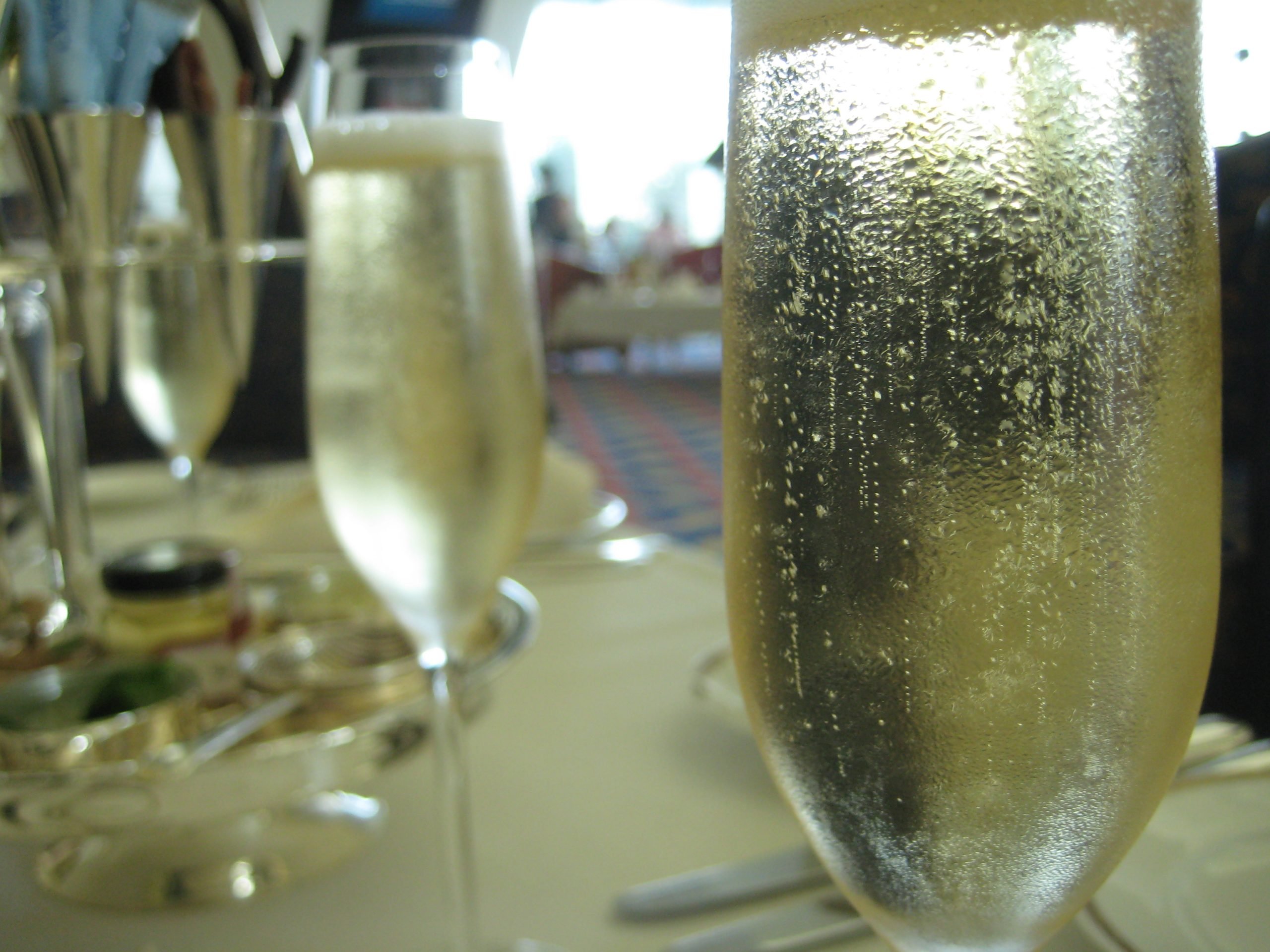
Popping a bottle of Champagne or Prosecco at the beginning or end of a party is simply a moment to be revered and captured in memory and photo. The pop, fizz, and bubbly nature of sparkling wines simply makes them spectacular for celebrations and excellent crowd-pleasers.
If you’re looking for the perfect fizzy drink for your ceremony, it makes sense that you’d want to learn as much as possible about them. In this post, we focus on Prosecco, a famous fizzy wine born in Italy.
What Is Sparkling Wine?
What makes a wine sparkly and another not sparkly? Sparkly wine such as Prosecco appears as it does because of carbon dioxide. There are different variations of sparkling wine, including white, red, and rosé. Sparkling wine also varies in taste and sugar content from dry and extra dry to brut.
Many people use the terms “sparkling wine” and “Champagne” interchangeably. However, sparkling wine is an umbrella term for all frothy, fizzy wines, including Champagne. For a bottle of wine to reserve the name Champagne, it must come from the Champagne region of France. When you want to purchase the real deal, always check the origin of the wine.
While the production process makes Champagne reasonably costly, the truth is that Champagne has gained popularity as a luxury commodity, which makes its pricing higher. However, other sparkling wines such as Prosecco, Crémant, and Cava are equally wonderful to consume.
What Is Prosecco?
Prosecco is a type of sparkling white wine. Sparkling wines come from all regions globally, but Prosecco comes from the Valdobbiadene region in Veneto, Italy. The wine is made with Prosecco grapes through the Charmat sparkling method or tank method. Usually, Prosecco bubbles hold out longer than beer but fizzle off faster than Champagne due to varying pressure levels.
How Is Prosecco Made?
Like other sparkling wines, the main idea behind Prosecco is carbonation, which gives the wine its fizzy characteristic. Unlike other wines that are packaged after being fermented, sparkling wines go through two fermentation processes.
In the tank method that yields Prosecco, a mixture of sugar and yeast is added to the base wine and transferred into a pressure-resistant tank for the second fermentation, typically ten days. The second fermentation releases carbon dioxide into the wine.
Afterward, the wine is filtered to remove sediments and bottled without aging. The wines are separated according to sugar content to create brut, extra dry, and dry Prosecco. You can purchase any of these bottles for varying sweetness levels.
How Does Prosecco Smell and Taste
The sweet tastes of Prosecco vary depending on the sugar content, but mainly ranges between brut and dry. Prosecco wines retain a secondary yeasty flavor, which pairs well with the acidic, tingly, and subtle sweetness of the wine. The wines also have fruity and flowery aromas such as honeydew melon, green apple, cream, pear, and honeysuckle. Richer Prosecco wines offer hazelnut, vanilla and honeycomb aromas.
How Do You Serve Prosecco?
Prosecco wine is best served cold in a sparkling tulip glass. The elegant, long shape of the glass preserves the bubbles and helps you enjoy the fruity and flowery aromas of the wine with every sip. As you hold the stem, you avoid transferring the heat from your hand to the wine.
It’s always wise to refrigerate your Prosecco at least two hours before serving. The cold temperature preserves the fizziness and prevents the drink from becoming flat and warm. The cold temperatures also prevent the bottle from popping and spewing the contents. Just before serving, take the Prosecco out of the refrigerator and let it warm up slightly to avoid muting flavors.
Food Pairings
The brut-style Prosecco bottles pair well with mild cheeses, sushi, seafood, small sandwiches, and chicken parmesan. The extra dry Prosecco, which is sweeter than the brut variety, goes well with macarons, Italian biscuits, parfaits, mousses, sponge cakes and sweet soufflé.
Generally, if you’re serving Asian cuisine or cured meats, you can add Prosecco. If you’re in the mood for a traditional brunch, you can never go wrong with Prosecco for mimosas. The fruity aromas and fizzy flavors amplify the taste of citrus juices.
Prosecco is also excellent as an apéritif, not to mention that it’s a great choice for guest entertainment. You can also serve Prosecco alongside the entrée, especially chicken, tofu and all spicy Asian curries. If you’re moving in between dishes, Prosecco also works well as a palate cleanser.
Pop That Prosecco
Whether you are a beginner or a seasoned wine enthusiast, you can never go wrong with the right bottle of Prosecco. The bubbly taste excites your mouth, and the flowery and fruity aromas welcome the wine before you sip. You can use Prosecco for birthdays, office parties, graduation ceremonies or a simple brunch with family and friends. For more knowledge on sparkling wines, check out Chandon.
Photo Courtesy: Flickr/Jay Tamboli







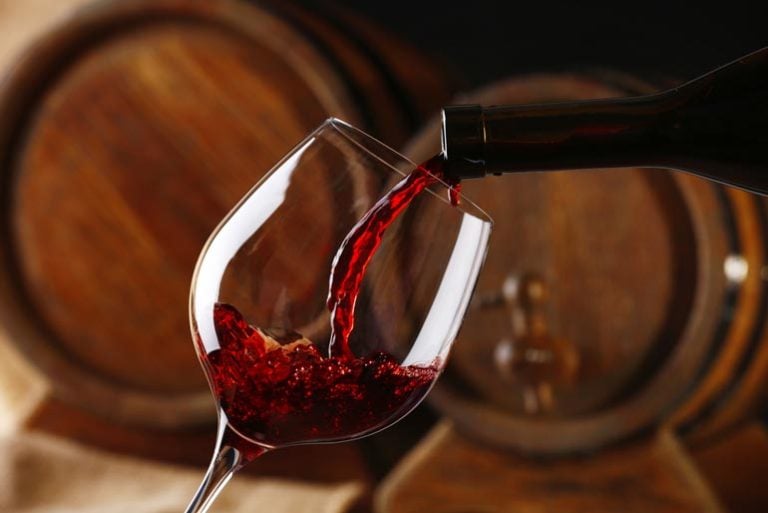
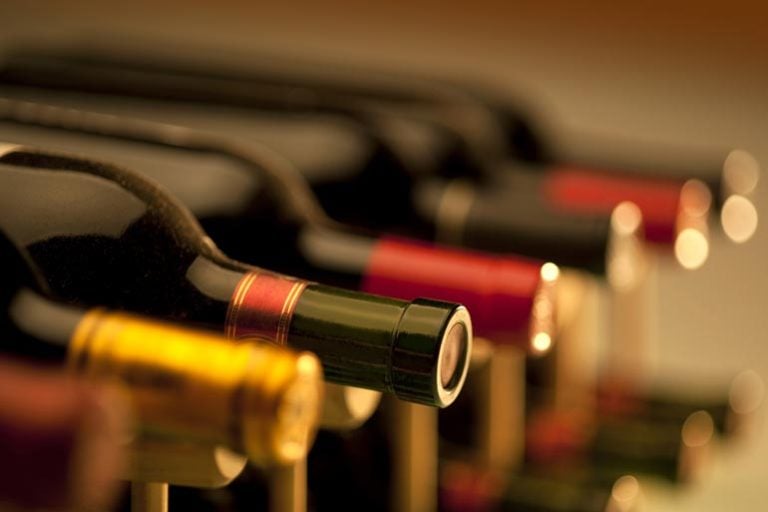
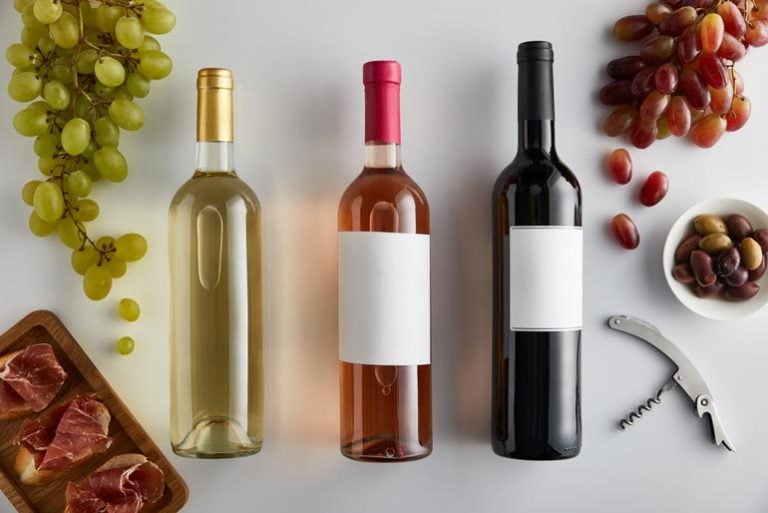
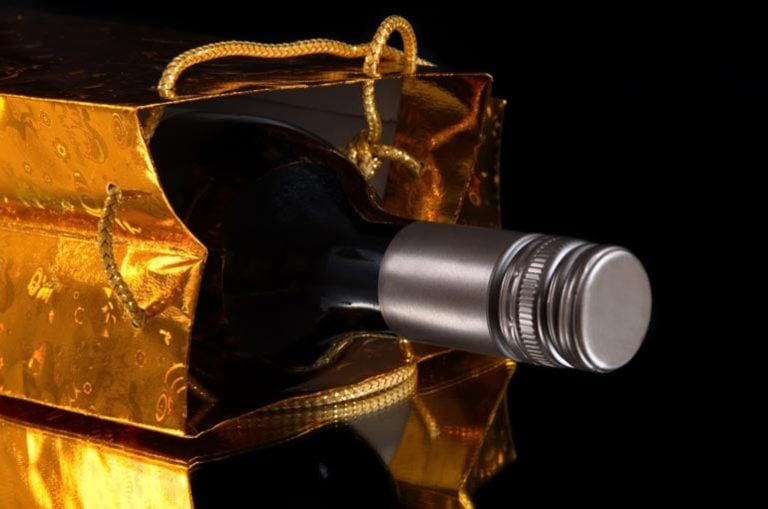


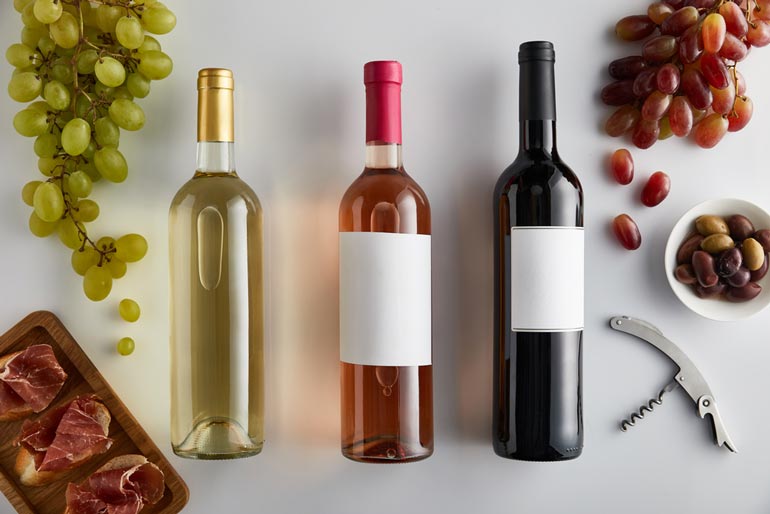
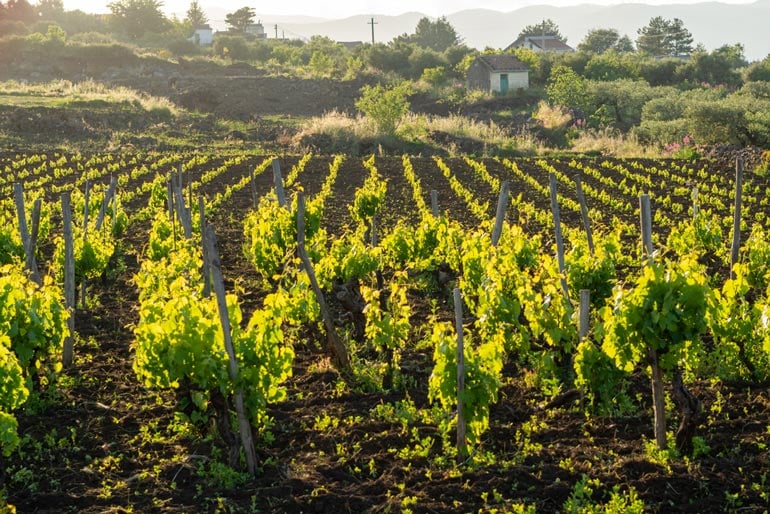

Comments 0
No Readers' Pick yet.